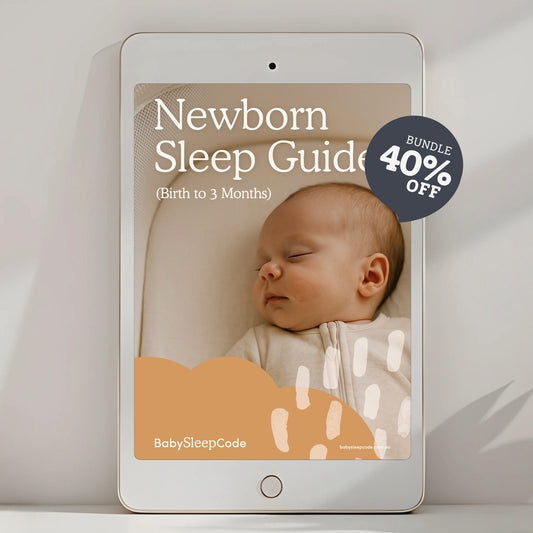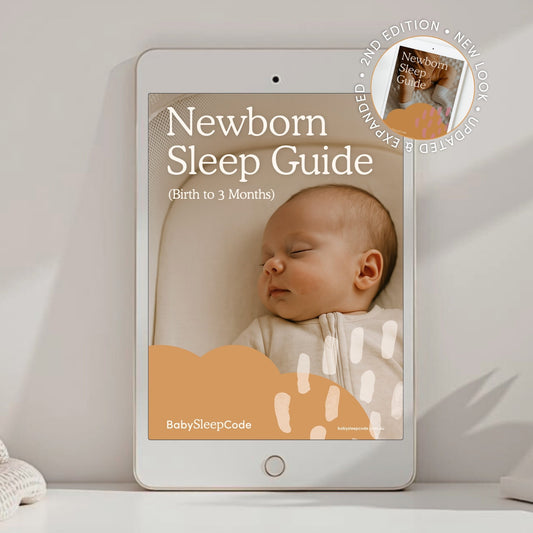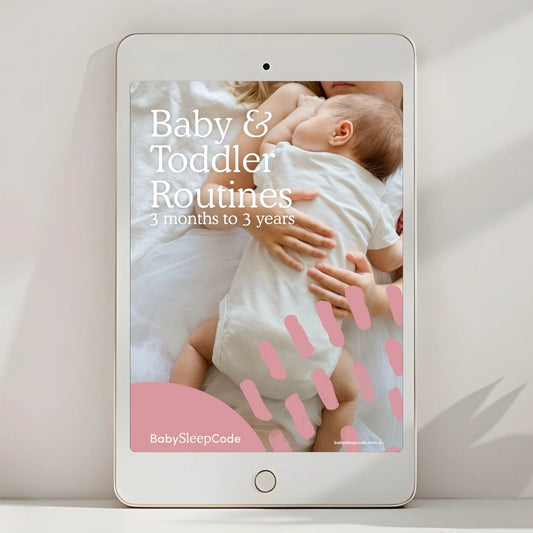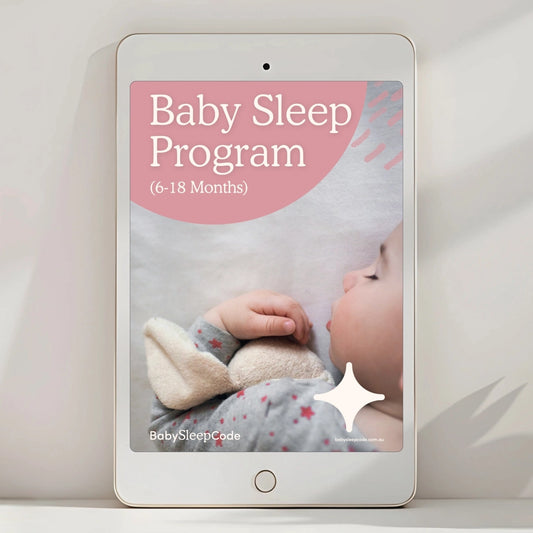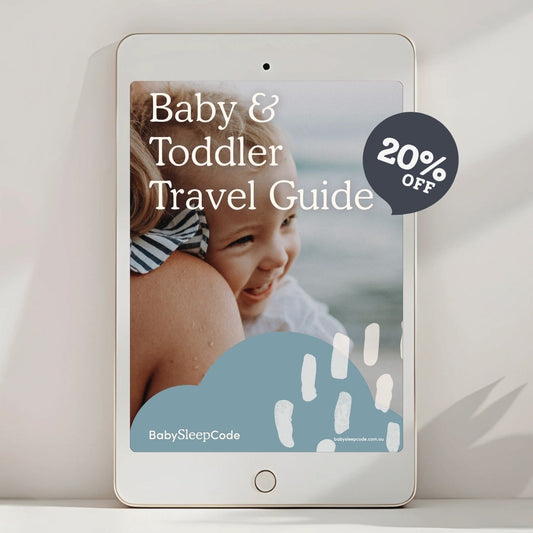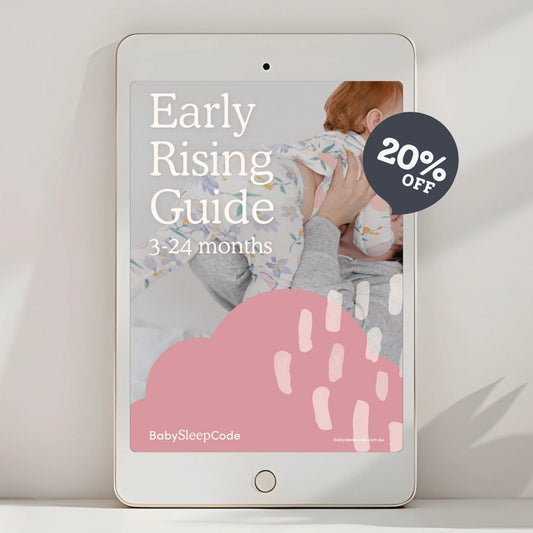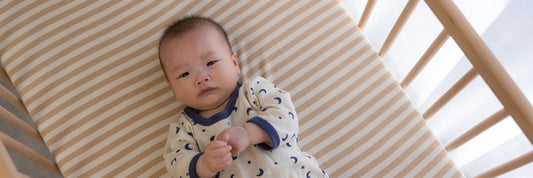We personally love a nap on the go. It’s practical, flexible, and can help you get out of the house without messing up your baby’s whole day. And while it won’t always go to plan, here are our best tips to make naps while you're out and about more successful.
Bring their sleep associations with them.
Having consistent sleep cues help signal to your baby that it’s time for a nap, even when you’re not at home.
At home your sleep cues might be, white noise, a dark room, a sleeping bag or swaddle, their crib, a song or sleep phrase. When you’re out, you won’t be able to replicate everything perfectly, but even a few familiar associations can go a long way. White noise playing from your phone or portable machine, a sleeping bag or lovey to cuddle, or using the same phrase before popping them into the carrier, it all helps create consistency, and can help them wind down and settle to sleep easier.
Consider getting a pram block-out cover like the SnoozeShade, made of breathable mesh that blocks out 94% of light. Use our code BABYSLEEPCODE at checkout to save 10%. It’s one of our go-to nap tools and can really help extend a short nap into a long one.
Just like when you would if using the pram hood, make sure to never place the pram in direct sun, and always check they’re not at risk of overheating.
Have a consistent daily routine.
From around 3-4 months a baby’s circadian rhythm (body clock) is becoming established. This internal clock regulates their alertness, hunger, hormone production, temperature rhythms, and their sleep and wake patterns. And by following a regular nap routine every day, your baby's body clock will sync with these timings and you'll find they'll be able to fall asleep easier at these times.
This is because their body is able to do half of the work for them, by releasing the right hormones to support quality sleep rather than fight it. And also means, that if they nap at the same times at home every day, that you’ll also know when they’ll be perfectly primed for sleep when you’re on the go.
This is why timing is everything. If you’re not sure what the right wake windows or nap schedule is for your baby’s age, go grab one of our Age-Appropriate routine. They’re simple, clear, and a total game changer for families we work with.
Don't give up too early.
Just like they might at home, some babies will fuss as a wind down before falling asleep. So if you're pushing the pram and they start crying right around nap time, it doesn't always mean they’re “done.” It often means they are tired and just need help winding down.
Try increasing the white noise, keep the motion going, and give it a little time. Many babies drift off once they’ve had a short protest and the environment stays calm and familiar.
Don’t let a messy nap rattle you.
What matters most in these moments is you. Babies are incredibly tuned in to how we’re feeling. If you’re feeling flustered or tense, it’s much harder for them to relax into sleep.
So take a breath, reset your expectations, and try to stay calm and responsive even if the nap is now way overdue. One late or messy nap won’t undo everything. You can always get them back on track at the next nap or bring bedtime a little earlier to compensate.
Practice makes progress!
The younger your baby is, the more likely they’ll nap on the go, because their sleep pressure is higher and they’re less distracted by the world around them. But practice matters too.
If you never try, they never learn. So build in opportunities to practice naps in the carrier, or pram when it suits you. Over time, it becomes easier for them to adapt, especially if the timing and associations are right.
Need more sleep support?
Whether your baby refuses to nap on the go, only sleeps in your arms, or wakes a hundred times a night, we’ve seen it all. And we’ve helped thousands of families find practical, lasting solutions.
Explore our Sleep Guides for step-by-step solutions that actually work. Or book a 1:1 Sleep Consult for personalised support with one of our certified infant and toddler sleep consultants.
More sleep. Less stress.


